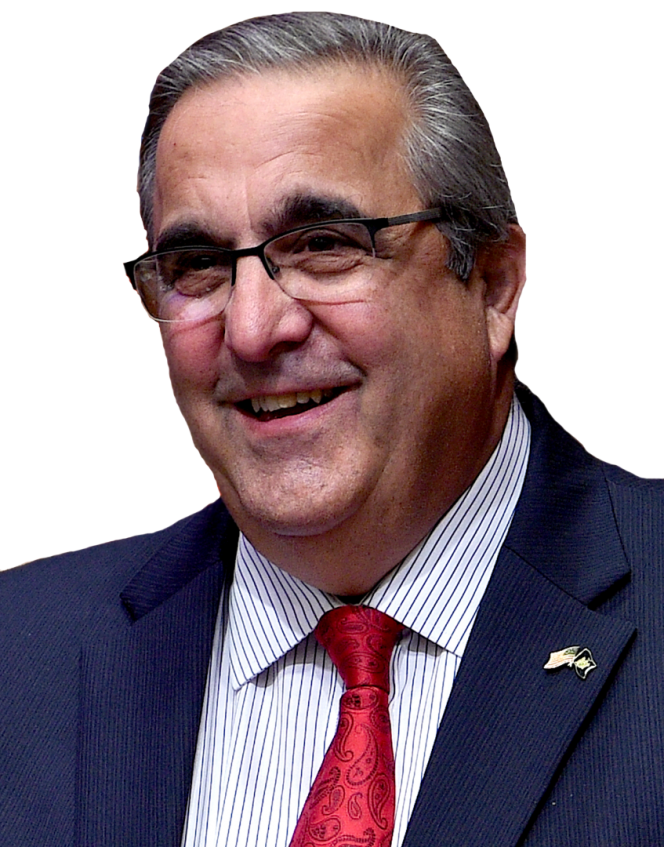What’s Wrong With Publicly-Financed Campaigns?
I’m sure you’ve seen the discussion in the media regarding campaign finance reform. Here’s the information you’re not getting: campaign finance reform is a fancy Albany term for legislation that proposes paying for political campaigns with taxpayers’ money. Supporters would have you believe that taxpayer funding of campaigns is the way to go, and they say it will make a huge difference in the way things work. Unfortunately, that is the farthest thing from the truth. The fact that taxpayer-funded campaigns are getting such a large amount of attention from elected officials and in the press truly proves that the priorities of many in Albany are upside-down.
There are areas of concern that should be priorities, but that somehow continue to be ignored, under-funded or put on the back burner. For example, the state is providing less funding for education today than five years ago, causing local property taxes to increase and our schools to eliminate staff and programs; highways and bridges are crumbling beneath our tires; community libraries are often without critical resources; our counties, schools and local governments are tasked with implementing mandates forced upon them by Albany with no additional financial resources; our agencies and non-profits serving the developmentally disabled are over-worked and under-funded; and our New York State debt totals approximately $57.1 billion. These are just a few of the many issues New York is facing that deserve our attention during budget discussions instead of forcing taxpayers to pay for political campaigns.
New York ranks second in the country, behind only California, as the most indebted state, and we have nearly twice as much debt as the third-ranked State. This upcoming fiscal year, the state will pay approximately $6 billion in debt-service payments. In the 2014-2015 budget proposal, the governor requests that an additional amount of $5.4 billion in ‘capital initiatives,’ or new debt, be created. At this rate, our debt will rise to a level that is completely unsustainable.
Some say that taxpayer-funded campaigns will be funded by a ‘check-box’ on state income tax returns, meaning they believe that the taxpaying citizens of the State will voluntarily donate a little extra of their hard-earned income by checking a box on their income tax form. That will barely dent the cost of taxpayer-funded campaigns. There are already 10 existing donation options on state income tax forms dedicated to issues ranging from wildlife to teen health to veterans. In total, those ‘check-boxes’ bring in approximately $2 million annually. This total shows that any voluntary donations taxpayers make will not adequately fund taxpayer-subsidized campaigns, and campaigns will actually be subsidized through the state’s general fund or other dedicated pots of money.
Taxpayer-funded campaigns will cost millions of dollars in the short term. These dollars are badly needed to fund other priorities. Albany leadership claims that taxpayer-funded campaigns will level the playing field among candidates for office. Instead, leadership should start with immediate reform to the Rules of the Legislature to level the playing field among rank-and-file members and implement term limits for Legislative leadership and committee chairs, as well. These reforms would help our state immensely without a cost to our taxpayers.
We’ve got serious issues to tackle in Albany and around the state, and I’m hopeful that I’ll be able to convince many of my colleagues that we need a serious adjustment of our collective priorities. I agree that campaign regulations in New York must be reformed. There are many ways to make that happen, including enhanced enforcement of current law, lower contribution limits, and the closure of loopholes on limited liability corporations. Reforms that could be implemented almost immediately, that do not come with a price tag of over a billion dollars, are right in front of us. Taxpayer-funded campaigns are not the solution. We need to fund our priorities instead.
